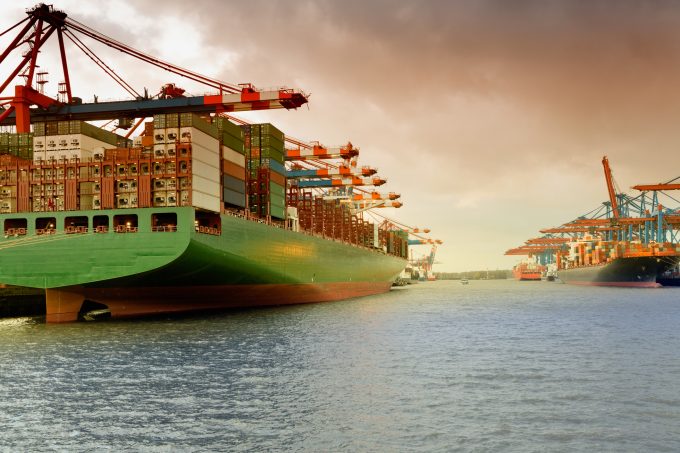DB Cargo drivers kick off three-day strike over pay and working hours
Freight movements across Germany could be thrown into chaos over the next couple of days ...

The long-running saga of the deepening of the river Elbe will be decided this year by the German Federal Court, with dredging now expected to commence in 2017.
It has been calculated that the deepening of the Lower and Outer Elbe would enable an ultra-large container ...


Comment on this article